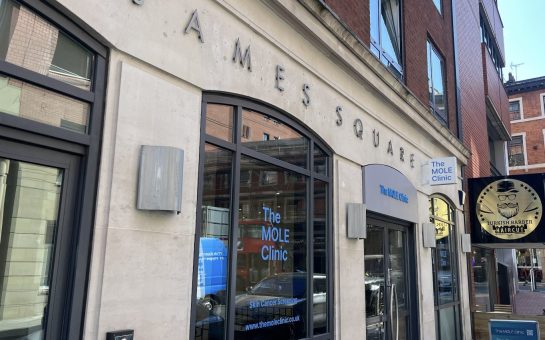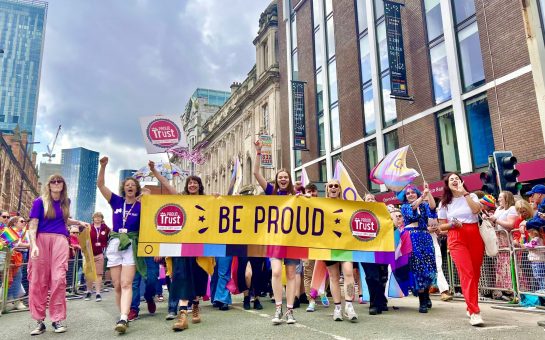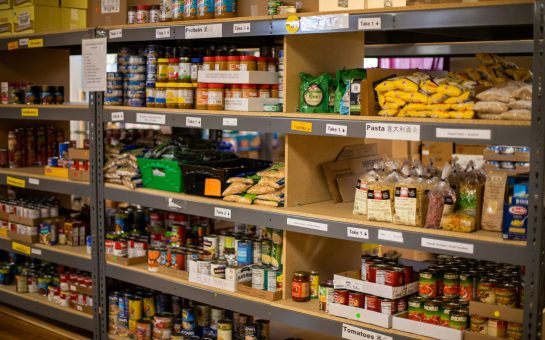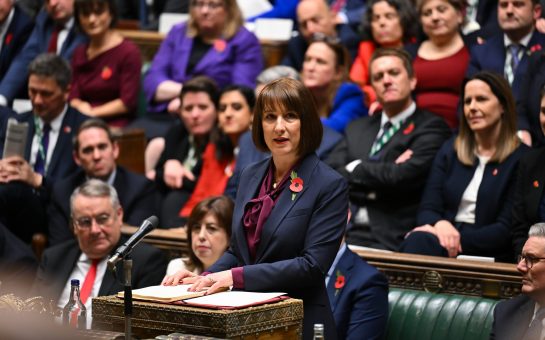The UK has experienced another surge in new Covid cases over the past weeks and Manchester is one of the most affected areas. But do its citizens really feel the increasing numbers in their daily lives?
Nationally, cases have been over 40,000 for the past few days, a number not previously seen since July.
According to the Office for National Statistics, infections increased the most within school years 7-11 and the over 50s.
This stat led Trafford, one of the worst affected areas in the country these past weeks, to advise pupils, school staff and parents, to wear face coverings when moving around schools.
“My children are grown up now, but if I had kids that went to school I would send them to school with masks if required,” Neil, from Liverpool said during a visit to Manchester
Neil also added things were pretty relaxed during his visit in Manchester, just like his hometown and pretty much all of the UK, with the majority of people not wearing masks.
Jane, a mother of two, who lives in Trafford said: “I don’t love that decision but since it is required I am sending my kids to school with a mask.
“Besides that, we haven’t really noticed anything different. Some people were disturbed after it was announced Trafford had the highest infection rates in the country but most of the people I know weren’t worried at all by that.”
Trafford had the highest infection rates in the UK three weeks ago with 833 cases per 100,000 people but saw the infection rate dropping 32% in the week ending October 15.
The area still has the highest infection rate across Greater Manchester by some distance to second-placed Stockport.
During the week which ended on October 15, the most recent data available, Rochdale saw a sharp rise of 45% in its cases, with 470 cases per 100,000 people, well above the national average which is 447 cases per 100,000 people.
Manchester had 1,760 cases, a 21 per cent rise from the previous week, which accounts for about 15 per cent of Greater Manchester’s 11,766 cases last week.
Greater Manchester also had 35 covid related deaths within 28 days of a positive test in the week ending on October 15.
Daily deaths nationally have fluctuated between 50 and 180, a bit lower than three months ago, even though the vaccination percentage is significantly higher than in the summer.
However, in the past couple of days there has been a reported dramatic increase in the number of deaths, with reports saying there were 223 covid-related deaths within 28 days of a positive test, a fact which is worrying some scientists as winter approaches.
Main photo credit: NIH https://www.flickr.com/photos/nihgov/49643893178



